Cashmeran – Pure & Undiluted
₹300.00 – ₹1,499.00Price range: ₹300.00 through ₹1,499.00
Sarochem™ Cashmeran — Product Description & Specs
Title / Name
Sarochem™ Cashmeran
(INCI / IUPAC: 1,1,2,3,3-Pentamethyl-1,2,3,5,6,7-hexahydro-4H-inden-4-one)
Olfactive / Sensory Profile
-
Olfactive description: Diffusive, spicy, slightly animalic with floral reinforcement. Powdery, velvety nuance, amber-woody with red fruit and pine undertones.
-
Works well in middle to base notes; adds warmth, softness, and sophistication to woody/amber accords.
-
Strength & impact:
• Top: Medium
• Heart: Medium
• Base: Medium
Physical & Chemical Properties
| Property | Value / Characteristic |
|---|---|
| Molecular formula | C₁₄H₂₂O |
| Molecular weight | ~ 206.2 g/mol |
| Vapor pressure | ~ 0.009316 mm Hg @ 23 °C |
| Log P (octanol/water partition) | ~ 4.20 (relatively non-polar) |
| Substantivity (lasting power) | Up to ~ 48 hours in fragrance systems |
| Typical use level | Traces up to ~ 2% in fine fragrance formulas |
| CAS Number | 33704-61-9 |
| IPC / internal code | 32329 |
Highlights & Benefits (for the Buyer)
-
Adds a silky, warm woody-amber character without emphasis on heaviness.
-
Helps smooth transitions between top/heart/base notes; gives a “velvet touch” to blends.
-
Compatible with floral, oriental, woody accords.
-
Stable and robust in fine fragrance systems (excellent performance & stability).
-
Vegan-suitable (though not biodegradable).
Usage Guidelines & Tips
Dilution / Blending
-
Because of its potency and cost, use traces to ~2% in most formulations. (In many cases 0.2–0.5% is enough to notice effect.)
-
Always pre-dissolve in a compatible solvent (e.g. DPG, IPM) before adding to your main base, especially for heavier substances.
-
Test cloudiness / precipitation at low temp – if it crystallizes, reduce water or use more solubiliser (e.g. IPM).
Compatibility & Pairings
-
Blends especially well with Timbersilk, Citronellol, Iso Eugenol, Delta Damascone and other floral/woody materials.
-
Useful in spicy-floral, oriental, woody accords as anchor or accent.
Tutorial: How to Use Sarochem™ Cashmeran in EDPs, Attars, EDT
Below is a simplified step-by-step approach (for small / test batches) that you can share with customers or use in your lab.
1. Decide your Target: EDP, EDT, Attar, etc.
| Product Type | Typical Fragrance Load | Key Focus |
|---|---|---|
| EDP (Eau de Parfum) | ~15 % fragrance in base | Balance between longevity and projection |
| EDT (Eau de Toilette) | ~8–12 % fragrance | Lighter, more ethereal scent |
| Attar / Extrait / Oil | ~20–30 % (or more) | Rich, long-lasting, oil-based |
2. Prepare Your Solvent / Carrier Base
Since you’ve specified limitations (no DPM, no TEC, no benzyl benzoate), your likely base consists of DPG + Ethanol + IPM or other carriers you can use.
-
Example base (for EDP):
• DPG – 70 %
• Ethanol – 15 %
• IPM – 15 %
(This gives you a balanced base for adding fragrance oils.)
3. Incorporate Cashmeran
-
Pre-dissolve Sarochem™ Cashmeran in a small amount (say 5–10 %) of your base or in IPM to ensure full solubility.
-
Add the dissolved solution into your fragrance concentrate (oils) and mix thoroughly.
-
Add that final fragrance mixture into your bulk carrier base. Mix well, let rest (macerate) for some days if possible.
-
Example for EDP: If your target is 15 % fragrance load:
• 85 g base + 15 g fragrance (which already contains small % of Cashmeran).
Cashmeran usage might be ~0.2–1.0 g in that 15 g fragrance portion (i.e. 0.02–0.1 % of total).
4. Maturation / Maceration & Filtration
-
Let the blend rest (mature) for 7–14 days (or longer, depending on volume) in closed, dark containers. This helps the accords settle and any instability resolve.
-
After maceration, filter (e.g. 0.45 µm or suitable membrane) before final bottling to remove particles.
5. Quality Checks & Final Steps
-
Clarity test: store some sample bottles at cool temp (5–10 °C) and see if crystallization or cloud forms.
-
Stability: heat, light, freeze tests to see if color or odor changes.
-
Scent throw & longevity: test on blotters, skin, or vials over time (1 h, 8 h, 24 h).
-
Adjust if needed: if throw too weak, increase volatile fraction (ethanol) or fragrance load; if fading too soon, increase more fixative-type materials.
| Weight | .5 kg |
|---|---|
| QTY. | 10G, 25 G, 50G, 100 G, 250G, 500 G, 1KG, 5KG |
Be the first to review “Cashmeran – Pure & Undiluted” Cancel reply
Related products
Perfumery Lab : Raw Materials & Chemicals
Triethyl Citrate (TEC) | 99.9% Pure ( Lab Tested — Lab Reports Provided) – Sarochem™
Perfumery Lab : Raw Materials & Chemicals
Laboratory glassware
Perfumery Lab : Raw Materials & Chemicals
Perfumery Lab : Raw Materials & Chemicals
Perfume Base (Ready to Use) – India’s Most Trusted & Versatile Perfume Foundation – Sarochem™



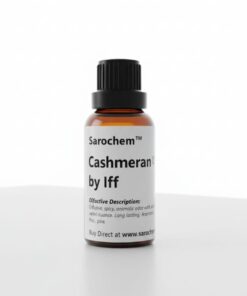


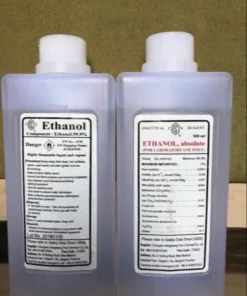

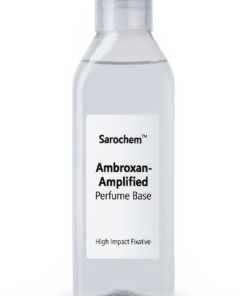
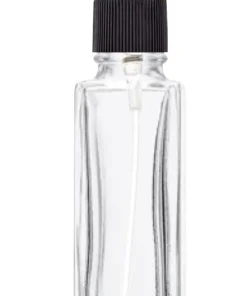


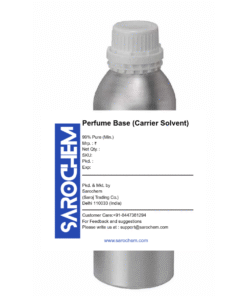
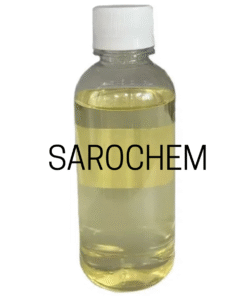
Reviews
There are no reviews yet.